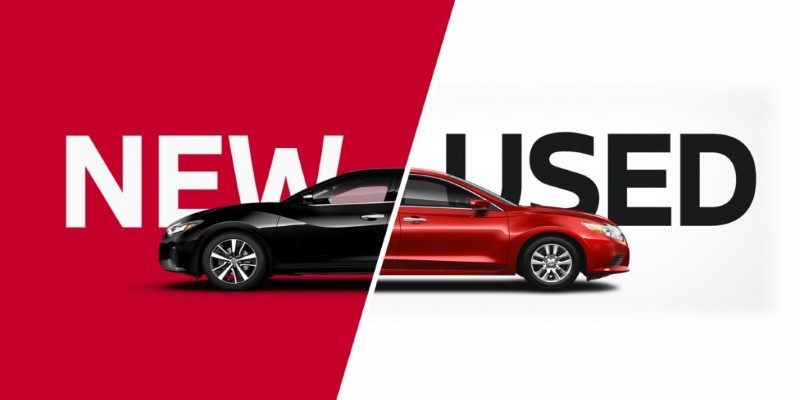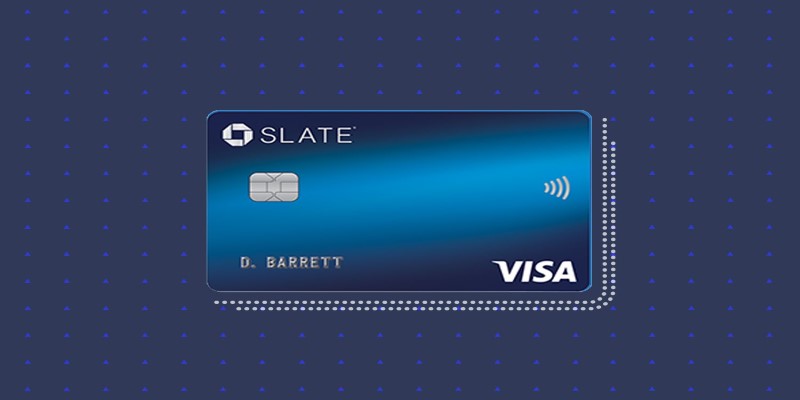Choosing between buying a new car and a used one is a decision that requires careful consideration, especially when it comes to cost. In 2024, with inflation affecting vehicle prices and the automotive market continuously evolving, its more important than ever to understand the financial implications. While a new car comes with the latest technology and the peace of mind that everything is brand new, a used car often offers a more budget-friendly solution upfront.

However, the true cost of car ownership goes beyond the sticker price. You need to account for depreciation, financing, insurance, maintenance, and long-term value when making this decision. Lets explore the financial differences between purchasing a new car versus a used car to help you figure out which option makes the most sense for your situation.
The most straightforward difference between new and used cars is their price tag. A brand-new car typically comes with a significantly higher price. As of 2024, the average cost of a new car sits around $48,000, a figure influenced by supply chain disruptions and increasing material costs. In contrast, a used car averages about $27,000, making it a more attractive option for those looking to save on the initial purchase.
New cars, while more expensive, offer advantages such as the latest technology, top-notch safety features, and greater fuel efficiency. Many new cars are hybrids or electric, which can save on fuel costs in the long run. Additionally, the fact that no one else has driven the vehicle reduces the chance of immediate maintenance issues. Meanwhile, used cars are more affordable upfront but may not come with the same level of modern features. However, the lower purchase price can free up the budget for potential repairs or future upgrades.

One of the biggest financial downsides to buying a new car is depreciation. New cars lose value quicklyon average, around 20% in the first year alone and up to 60% within five years. In 2024, this depreciation trend remains strong, meaning that a car worth $48,000 today may only fetch $19,000 to $20,000 when sold after five years. For this reason, new car buyers often take a hit if they sell or trade their vehicle within a few years.
In comparison, used cars have already experienced the most significant drop in value by the time they are bought. If you buy a car thats two or three years old, you can avoid the most dramatic drop in value. Used cars tend to depreciate more slowly over time, making them a more stable financial investment. When considering resale value, buying used is often a smarter move, especially if you plan to sell or trade your vehicle in the future.

Financing plays a key role in determining the overall cost of buying a car, and in 2024, interest rates are on the rise. Generally, new cars come with more favorable financing options, with interest rates averaging around 6% compared to 9% for used cars. Many dealerships and manufacturers offer promotional financing deals on new cars to make them more affordable. However, the larger loan amount required to buy a new car can still result in higher monthly payments compared to a smaller loan for a used car.
Insurance costs are another important factor. New cars are more expensive to insure due to their higher value and repair costs. Advanced technology in new cars, such as modern safety systems, can increase the cost of repairs, which insurance companies take into account when calculating premiums. Used cars, being less expensive and generally cheaper to repair, tend to come with lower insurance premiums. While financing and insurance for a new car may offer more appealing rates, the overall cost of insuring and paying off a new vehicle is often higher than for a used one.
Maintenance and repair costs are another area where the cost of new versus used cars diverges. New cars benefit from warranties, often lasting three to five years or longer, meaning you wont need to worry about major repairs during that time. Most new cars also require less immediate maintenance, as everything from tires to brakes is brand new. This can provide peace of mind and lower short-term repair costs.
On the other hand, used cars, particularly those with higher mileage, are more likely to need repairs sooner. Without the safety net of a warranty, these repairs can add up. However, even with maintenance and repair costs factored in, a used car is often still cheaper overall. If you choose a certified pre-owned (CPO) vehicle, you can get the benefit of a warranty similar to that of a new car but with a lower price tag.
Long-term ownership costs can also favor used cars. If you plan to keep the car for several years, the initial savings from buying used, combined with slower depreciation, often result in lower overall expenses. However, if you plan to trade in or sell your car within a few years, the depreciation hit on a new car could make the financial loss greater compared to a used vehicle.
Deciding between a new or used car in 2024 depends on your budget and long-term plans. New cars offer the latest features, better fuel efficiency, and fewer short-term repairs but come with higher costs and steeper depreciation. Used cars are cheaper upfront and may need more maintenance, but they hold their value better over time. If long-term savings are your goal and you can manage repairs, a used car might be best. If you prefer a warranty and newer technology, a new car may be worth the extra cost. Understanding these factors will help you make the right choice.

By Darnell Malan/Sep 25, 2024

By Juliana Daniel/Sep 26, 2024

By Elena Davis/Sep 26, 2024

By Pamela Andrew/Oct 25, 2024

By Vicky Louisa/Sep 25, 2024

By Tessa Rodriguez/Sep 26, 2024

By Nancy Miller/Sep 21, 2024

By Noa Ensign/Sep 20, 2024

By Sean William/Sep 26, 2024

By Aldrich Acheson/Sep 25, 2024

By Susan Kelly/Sep 25, 2024

By Alison Perry/Sep 20, 2024